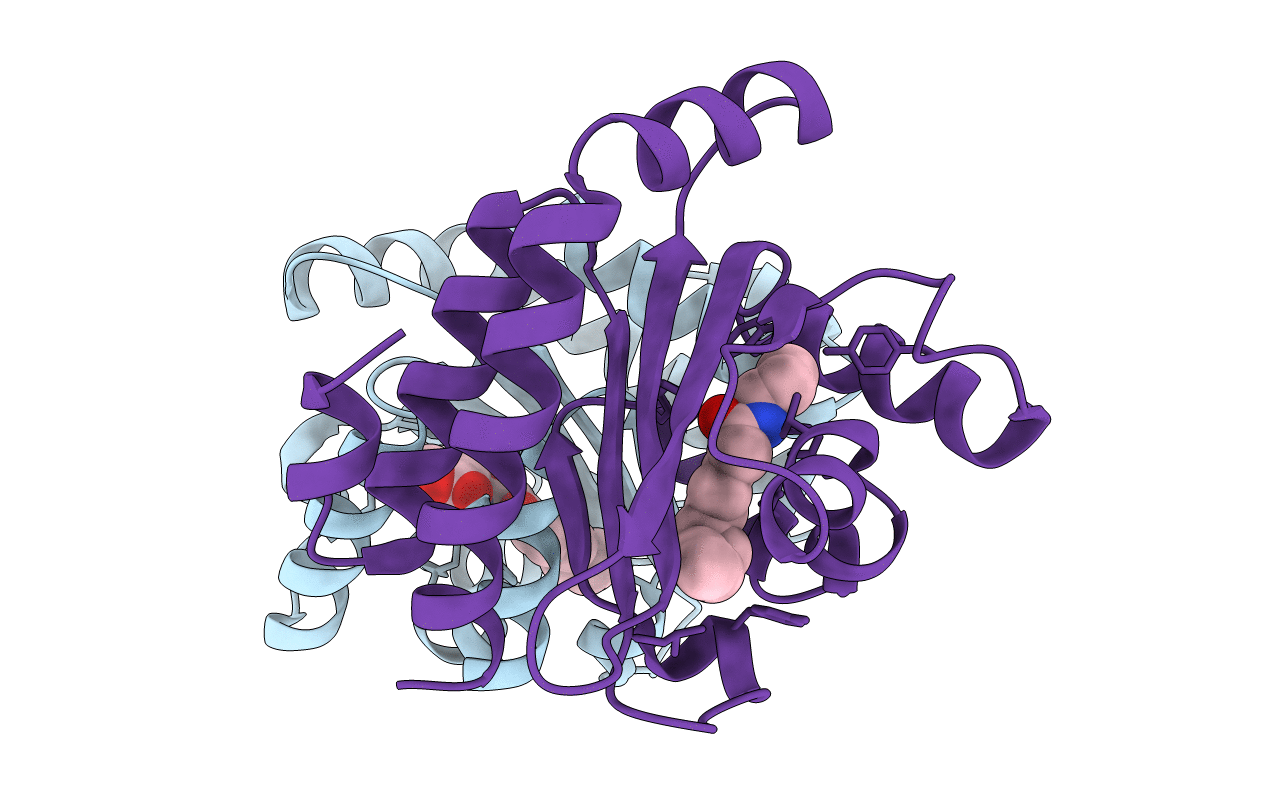
Deposition Date
2018-10-26
Release Date
2019-01-16
Last Version Date
2024-03-13
Entry Detail
Biological Source:
Source Organism:
Pseudomonas aeruginosa (strain UCBPP-PA14) (Taxon ID: 208963)
Host Organism:
Method Details:
Experimental Method:
Resolution:
2.20 Å
R-Value Free:
0.23
R-Value Work:
0.17
R-Value Observed:
0.17
Space Group:
P 1 21 1


